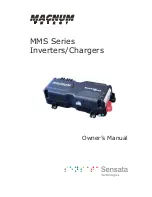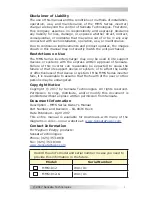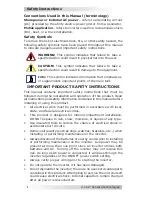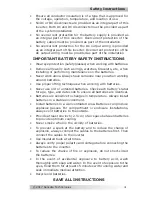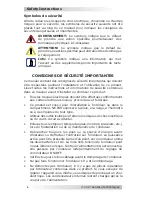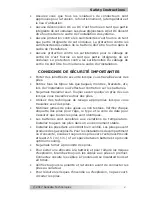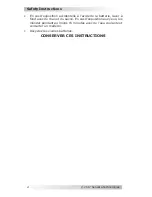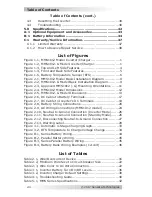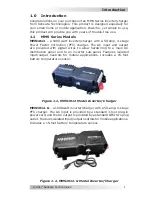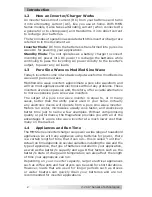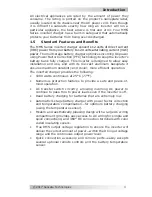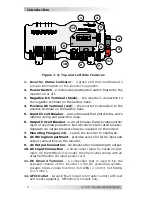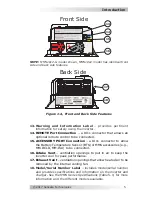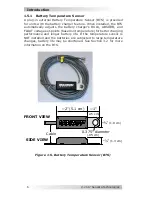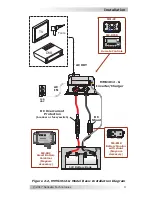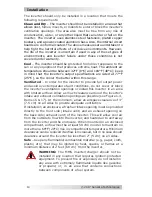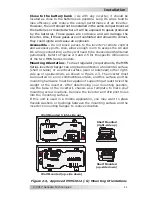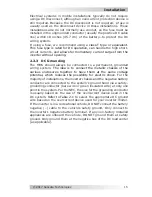
© 2017 Sensata Technologies
2
1.2
How an Inverter/Charger Works
An inverter takes direct current (DC) from your batteries and turns
it into alternating current (AC), like you use at home. With MMS
Series models, it also takes alternating current (when connected to
a generator or to shorepower) and transforms it into direct current
to recharge your batteries.
The two modes of operation associated with this inverter/charger are
referred to in this document as:
Inverter Mode
: DC from the batteries is transformed into pure sine
wave AC for powering your applications.
Standby Mode
: The unit operates as a battery charger to convert
incoming AC power into DC power to recharge the batteries while
continuing to pass the incoming AC power directly to the inverter’s
output, to power any AC loads.
1.3
Pure Sine Wave vs Modifi ed Sine Wave
Today’s inverters come in two basic output waveforms: modi
fi
ed sine
wave and pure sine wave.
Modi
fi
ed sine wave inverters approximate a pure sine waveform and
will run most appliances and electronics without any problems. These
inverters are less expensive and, therefore, offer a viable alternative
to more expensive pure sine wave inverters.
The output of a pure sine wave inverter is equal to, or in many
cases, better than the utility power used in your home. Virtually
any electronic device will operate from a pure sine wave inverter.
Motors run cooler, microwaves usually cook faster, and clocks keep
better time just to name a few examples. Without compromising
quality or performance, the MagnaSine provides you with all of the
advantages of a pure sine wave inverter at a much lower cost than
many on the market.
1.4
Appliances and Run Time
The MMS Series inverter/charger can power a wide range of household
appliances. As with any appliance using batteries for power, there
is a certain length of time that it can run—this is called “run time”.
Actual run time depends on several variables including the size and the
type of appliance, the type of batteries installed in your application,
as well as the battery’s capacity and age. Other factors such as the
battery’s state of charge and temperature can also affect the length
of time your appliances can run.
Depending on your inverter capacity, larger electrical appliances
such as coffee pots and hair dryers can be used for short durations.
However, loads that are used for longer periods such as stoves
or water heaters can quickly drain your batteries and are not
recommended for inverter applications.
Introduction

